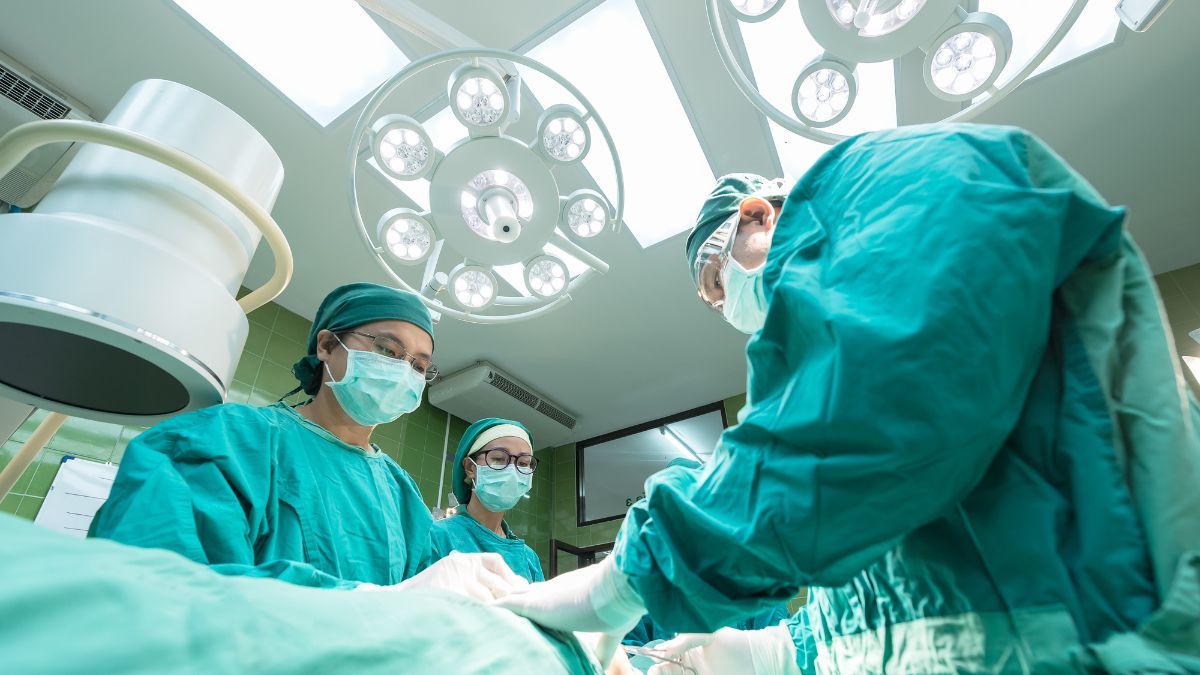When it comes to losing weight, there are several approaches you can take. However, it is becoming increasingly common to use bariatric surgery in combination with lifestyle changes.
For instance getting bariatric procedures and consistently exercising and cutting your carbohydrate intake is one way to achieve a slimmer figure. However, as with any kind of surgery, there are occasionally side effects or risks.
In addition to that, each type of surgery should be customized to the patient. What may work for you may not work for someone else. So, let’s explore what the difference between SADI vs duodenal switch is in this post.
Afterward, you’ll have a much better idea of which path may work best for you in your weight loss journey. As always, you should consult with a surgeon before considering SADI surgery in Mexico or any weight loss surgery.
Without further ado, let’s begin:
What Is It?
Before addressing duodenal switch vs SADI differences, we need to begin with some definitions. SADI-S, or single anastomosis duodeno–ileal bypass with sleeve gastrectomy, is a relatively new surgery.
It is used if someone did not lose the weight they desired after a gastric bypass surgery. The new procedure is considered very safe and effective. Schedule a consultation with ALO bariatrics to learn if this operation could work for you.
Duodenal Switch Surgery (DS): What Is It?
Duodenal switch surgery was invented in order to assist patients who are obese to achieve significant weight loss goals. Biliopancreatic diversion with duodenal switch (BPD-DS) is the most common type.
In essence, DS combines an intestinal bypass with a gastrectomy. The procedure allows patients to lose weight quickly because they absorb much fewer calories than before. It is very effective for helping patients who suffer from diabetes.
Differences Between DS Surgery and SADI-S
SADI-S has a longer channel than DS. This helps to reduce complications from malabsorption. The DS can cause deficiencies in nutrition for patients. In the past, multivitamins were used to treat these deficiencies.
However, DS can come with some side effects like ulcers and diarrhea. SADI-S was created to address these very issues that DS can create while still maintaining high levels of weight loss.
While you will still need to supplement with vitamins after SADI-S, it does eliminate a lot of the malabsorptive issues that some other bariatric surgeries may cause. Still, you will need to supplement with multivitamins for life.
In Conclusion
SADI-S has been tested as a safe alternative to DS. With similar results yet reduced unwanted side effects, it can be an excellent option for obese patients. If you have any questions surrounding the debate of SADI surgery vs duodenal switch, call ALO Bariatrics.
Our experts will guide you through pre-bariatric surgery tips and advise you on the best procedure for your goals.









